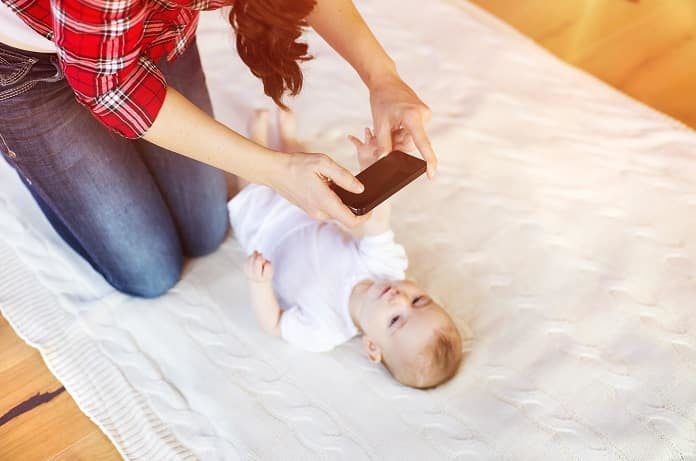A group of scientists and doctors developed a smartphone application in hopes of providing an accessible, inexpensive way to assess neonatal jaundice.
Bilirubin, found in the blood, is a by-product of old red blood cells breaking down.
When total serum bilirubin (TSB) levels are elevated, jaundice, which describes the yellowing of the skin, can occur. The majority of newborns develop some visual jaundice in their first few days of life, however, not all cases are severe.
Most newborn nurseries screen all newborns for elevated bilirubin levels, to ensure that they do not have severe jaundice.
The peak of neonatal, or newborn, jaundice occurs four days after birth, but infants are often discharged well before that point. Another issue is that it remains difficult to accurately assess the level of jaundice to determine whether it is severe or non-severe.
Testing the bilirubin in the skin or blood can be reliable, but these methods are often complicated by the availability of instruments and whether the infant is hospitalized.
As a result, neonatal jaundice is often assessed by a visual inspection alone.
But there is evidence that even experienced healthcare providers do not consistently nor accurately assess jaundice in newborns by sight. In addition, newborns from poorer countries are more likely to have an extreme elevation of bilirubin levels, which can, in turn, cause neonatal death.
These factors demonstrate the urgent need for an accurate, reliable and inexpensive way to assess neonatal jaundice.
A group from the United States developed a smartphone app called “BiliCam” to assess neonatal jaundice and hypothesizes that it can be a proxy for measuring TSB via taking blood.
This study, published in Pediatrics, was conducted across seven different sites in the U.S. with 580 newborns.
The BiliCam app was used to obtain images of a newborn’s skin next to a color calibration card, to account for variations in lighting. The app then sends the image to a computer server over the internet to perform the analysis.
Blood was also drawn from newborns to determine the TSB, in order to develop algorithms for image analysis and later to determine the effectiveness of the smartphone app.
The algorithms used to analyze the images were developed using machine learning and regression analysis techniques on a subset of the data collected to “learn” how to correlate the images with TSB.
Next, a subset of the data was used to validate the algorithms.
The group determined that the BiliCam app was able to estimate TSB well and the correlation between predicted TSB and actual TSB remained strong among different ethnicities, and therefore skin tones.
The authors, however, conclude that the app is not accurate enough to be used as a standalone method to assess neonatal jaundice.
They instead suggest that BiliCam can be used as a screening device to determine, at a certain cut-off, whether newborns should have their blood drawn to check for elevated TSB.
This would, therefore, reduce the number of newborns that would need a blood test.
This study demonstrates the advent of machine learning into various facets of healthcare. The translation of biological and computational concepts into a smartphone app that will improve health outcomes is remarkable and provides precedent for more similar apps to be developed.
“Smart” devices that we keep on our bodies, or wearables, will increasingly monitor more factors that relate to our health as technology advances.
This will provide an incentive for companies to find more ways to analyze diagnostic and health information to improve patient health.
Written by Branson Chen, BHSc
Reference: Taylor JA, Stout JW, de Greef L, Goel M, Patel S, Chung EK, Koduri A, McMahon S, Dickerson J, Simpson EA, Larson EC. Use of a Smartphone App to Assess Neonatal Jaundice. Pediatrics. 2017 Aug 25:e20170312.
Other topics that may be of interest:
- Smartphone app to detect eye disorders in children
- New smartphone app could detect opioid overdose
- Canadian developers test new HIV self-test through smartphone app
- What are the effects of overnight smartphone use on your overall health?
- Do smartphones help us save time and money when using public transport?
- 5 ways your smartphone can soon help you achieve your health goals



